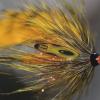Sign in to follow this
Followers
0

Guideline: FITS tube fly supplies and tying materials review
By
mdraft1, in The Fly Tying Bench

By
mdraft1, in The Fly Tying Bench